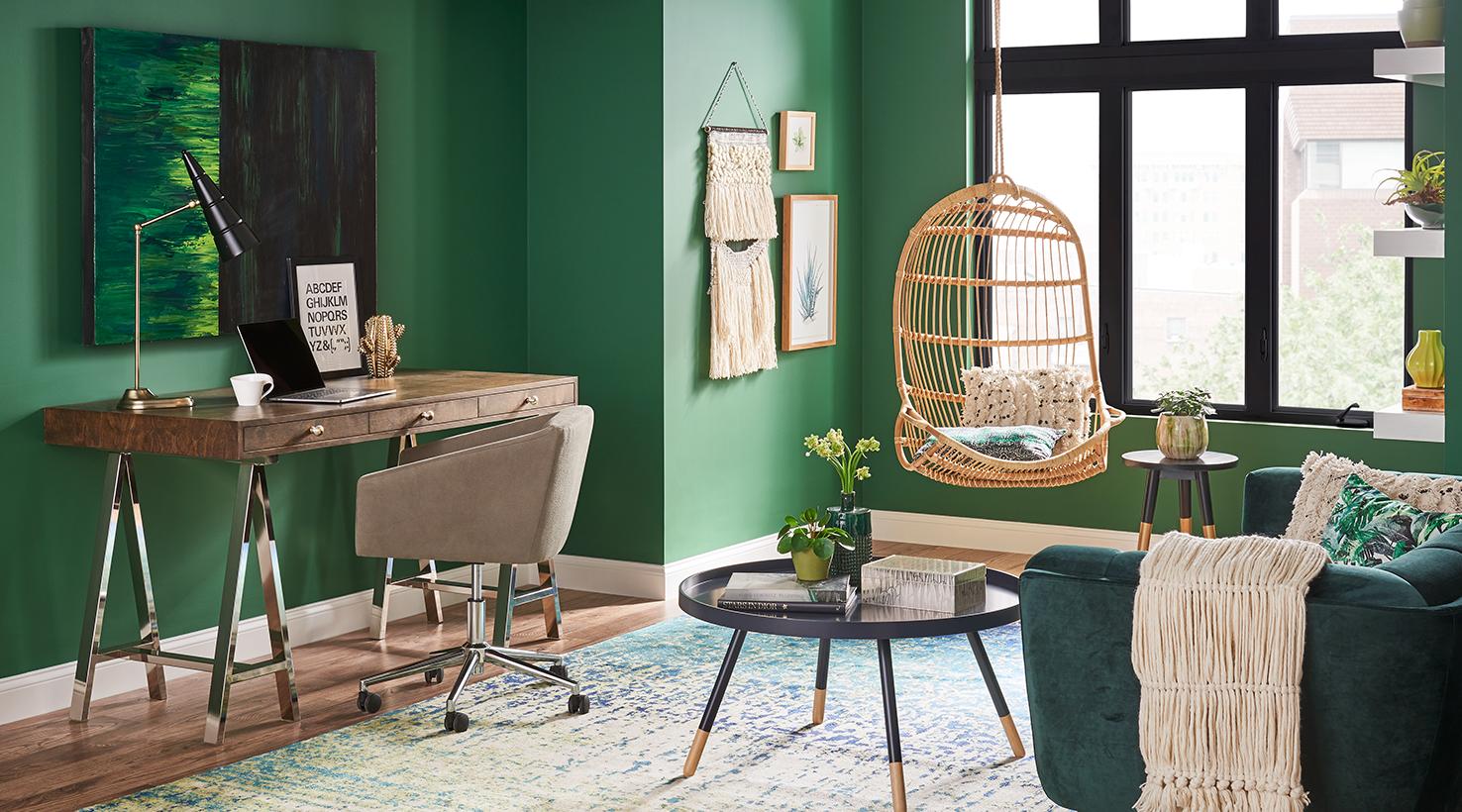Your workplace is where you need the most inspiration and energy, and believe it or not, the color of your workspace can play a significant role in boosting your productivity. In this post, we’ll discuss the impact of various colors on productivity, provide examples of effective workspace color schemes, and delve into relevant studies and research on this subject.
Let’s dive in.
The Impact of Colors on Productivity
Color psychology is a fascinating field, and it’s something we’ve talked about in our previous blog post. Different colors evoke different emotions and reactions. Some can stimulate your mind, some can calm you down, and some can even help you think more creatively.
So, which colors can enhance your productivity?
- Blue is often associated with the sky and the sea, evoking feelings of tranquility, peace, and focus. It’s an excellent choice for workspaces where you need to concentrate for extended periods.
- Green is the color of nature, promoting relaxation and reassurance. A perfect choice if you’re looking to reduce stress and create an environment of balance.
- Yellow is the color of sunshine and energy. This color stimulates creativity, making it perfect for creative workspaces.
- Red, the color of passion and intensity, can stimulate energy and excitement. It could be an excellent choice for dynamic, fast-paced environments.
Each of these colors can help create a productive workspace, but remember, the way you feel about a specific color can also influence its impact on you.
Real-World Examples
Let’s look at some real-world examples. Companies are increasingly using color to enhance their workspace productivity. For instance, a tech company may use shades of blue in their programming department to promote focus, or a marketing firm may use yellow in their creative departments to stimulate creativity.
Research & Studies
Various studies support the claim that colors can affect productivity. For example, a University of Texas study found that bland gray, beige, and white offices induced feelings of sadness and depression in women, while men had similar feelings in purple and orange workplaces.
Creating Your Productive Workspace
The key to designing a productive workspace is understanding the function of the space and the type of work you’ll be doing there. Once you understand this, you can select colors that enhance your productivity. If you’re unsure where to start, we can help. Just give us a call and we can set a up a time to learn more about what you are wanting to achieve. By understanding exactly what you need we can ensure that you get the desired look and effect you are after.
I hope this post has provided you with some inspiration and guidance for creating a productive workspace. If you have any questions, don’t hesitate to reach out today! (260) 222-6990
